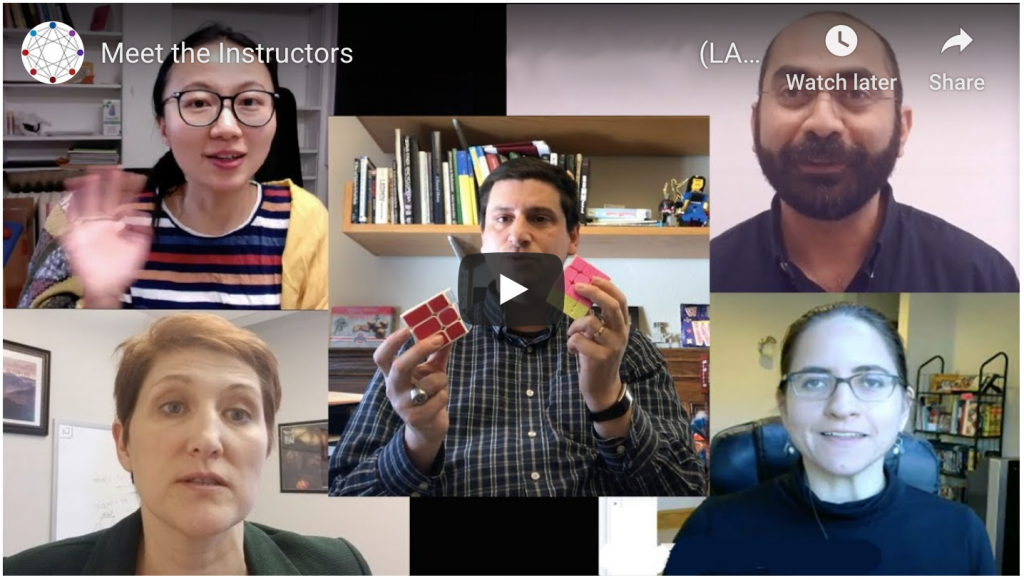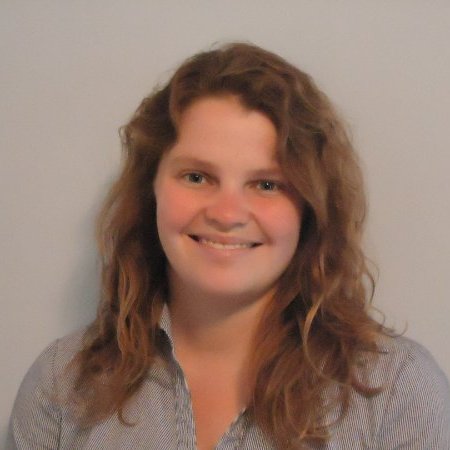

This requires a server on the backend (since a browser alone cannot run R) so is more complicated to get up and running. Shiny is a step beyond flexdashboard, and allows the user to *interact* with the data/graphics. It creates great-looking dashboard-style output that can be used when creating interactive graphics. Prediction Bands via ()įlexdashboard is a really nice way to use your RMarkdown knowledge to build a standalone "product". (I'm new to plotly, so I haven't used this much!)

You can also build a *new* interactive graph using `plot_ly`. `ggplotly`, which we'll focus on in lab, is a super simple way to "wrap" your ggplots in JavaScript and make them interactive. **Tomorrow:** More general interactivity in discussion time Shiny in the lab **Today:** You'll meet `plotly` and `flexdashboard` in the lab *Context* tells users what to expect and how they can get started If your audience wants to explore, they won't pay attention to the explanation. If your audience needs an explanation, the exploration won't be effective. Need to be careful about *audience* and *context*. + Explanation: fully animated story is the same regardless of what user does (eg Shadow Peace) + Exploration: data explorer dashboards open-ended user can do whatever they want (eg Twitter USA App) I like to think of dynamic graphics as somewhere on the "Exploration Explanation" spectrum.
Rstudio swarthmore how to#
Document how to use the features ("click on the drop down menu to choose a variable", "press enter to start the animation") Don't make plots dynamic just because you can.Ĥ.

Demonstrate how the dynamic features allow you to obtain additional insight about the data **that you would not otherwise be able to**ģ. Start with a static graph, describe what insights it offers, *then* build upĢ.

Allow user to control which subset of the data is shownġ. Display additional information about an observation or group via cursor control # **Dynamic Graphs** add dimensions to static visualizations via features which the user controlsįeatures we'll focus on in this class are: + What does the dynamic graph include that *couldn't* be told with a static graph? + How could you represent the same data on a static graph (eg with ggplot)? How would the examples be improved with a static graph? + What did you like/dislike about each of the 4 dynamic graphs? Intro to Project 3 today Rough Drafts of final project tomorrow Planning to have all Milestone02 and Project02 graded before the weekend Open office hours on Friday during our regular lab time (1-2pm) Each year, several fourth-years will collaborate one-on-one with a faculty member for an Honors Project.Class: center, middle, inverse, title-slide We also support a feeling of community by getting students and faculty together informally, for weekly teas, monthly pizza lunches (with a fun talk at the end!), and yearly Pi Day celebrations. Cooperating on problem sets is standard, and we even have some group office hours to help you meet new students to collaborate with. Most papers are co-authored and discoveries made in teams. For example, recent graduates have become economic analysts at the Federal Reserve Bank, software engineers at Google, and high school math teachers. Still others immediately find jobs in quantitative fields. Many of our graduates pursue advanced degrees in mathematics and related fields, even becoming professors themselves. We also develop a quantitative toolbox and critical frame of mind, preparing students for careers in a range of fields, from economics and computer science to data analytics and statistical modeling. Oberlin's Mathematics program nourishes curious minds interested in applying creative and collaborative problem solving to a world of ideas, puzzles, and proofs. College of Arts and Sciences Admissions.Resources and Support for Conservatory Students.Resources and Support for College Students.


 0 kommentar(er)
0 kommentar(er)
